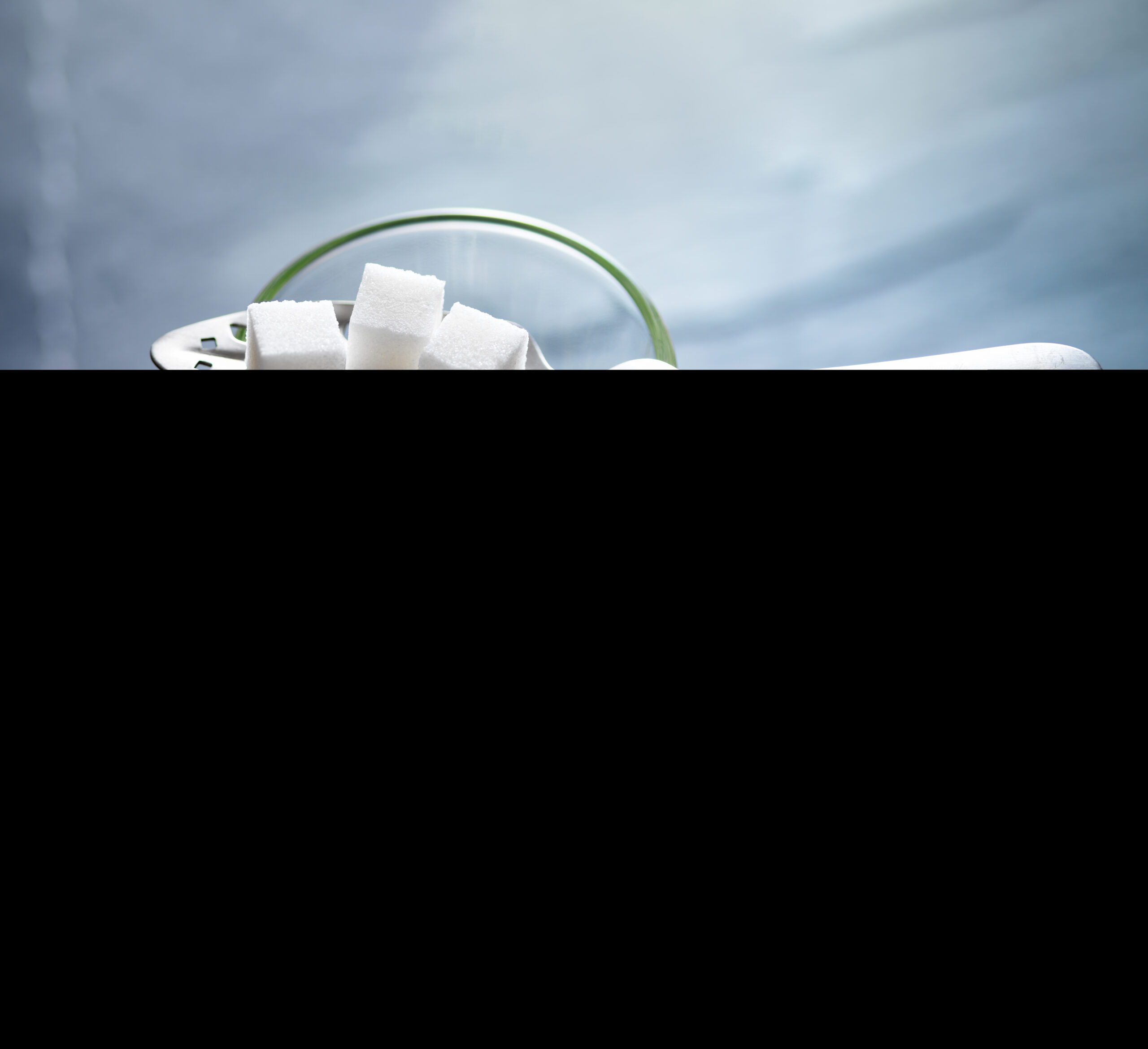On a recent night out with the usual suspects, we visited one of those fancy lounges with the $17 cocktails served up by hipster bartenders wearing old-timey suspenders and full-sleeve tattoos. Being a bit of a purist, I like my cocktail ingredients to be easily countable on just one hand, without a crazy mishmash of different flavours swirling around in a cacophonous blur on my palate.
I was sticking to the tried-and-true classics like the Manhattan and the Old-Fashioned, when the enbeardificated mixologist behind the bar suggested a classic cocktail called a Sazerac, made with none other than that infamous elixir called Absinthe.
The Sazerac is the official cocktail of New Orleans, and I do have a dim and bleary memory of drinking a $2 Sazerac in a plastic cup while stumbling along Bourbon Street during Mardi Gras way back in the squandered days of my callow youth. The Sazerac cocktail was invented in New Orleans in the mid-1800s, using Cognac and/or Rye Whiskey as the primary spirit, then adding the licorice-flavoured Absinthe with sugar and bitters as a unique twist.
For those of you not in the know, Absinthe is sometimes referred to as the Green Fairy. It was the drink that made Van Gogh cut off his own ear. The demonized liquor that was banned in much of the civilized world for nearly a century, but returned to North America in 2007, and is very popular in the type of lounge that serves $17 cocktails.
This demon liquor began its sordid tale in the 1790’s, when it was invented by a French doctor. It slowly increased in popularity until the 1840’s, when it was given to French troops as a fever preventative. The soldiers brought their taste for the drink back home with them, and it soon outstripped beer and wine in popularity, with Parisian cafés and bars declaring a daily l’heure verte (“the green hour”).
Absinthe is an emerald-green distilled liquor, made from wormwood, anise, fennel, coriander, and a host of other herbs and spices. The wormwood content has given it a bad reputation over the years, as wormwood contains a chemical named thujone, which is struturally similar to THC. Yes, that’s the same THC that’s found in the wacky tabaccy.
In sufficient quantities, thujone can provoke hallucinations and a sense of euphoria, which helps to explain why its earliest followers were those crazy bohemian artsy types we saw in the movie Moulin Rouge. That’s right, what Marijuana was to the early American jazz musician, Absinthe was to the playwrights, artists, and writers of Europe.
Vincent Van Gogh, Oscar Wilde, Ernest Hemingway, Picasso, and Edgar Allen Poe are just a few members of the artistic community that championed Absinthe as a fuel for their creative talents, claiming that it expanded their consciousness, letting their minds remain lucid while they were creating their works.
Unfortunately, as the drink became more popular with the upper classes, cheaper substitutes were brought onto the market at prices the rank and rabble could afford, with clearly disastrous effects. Unethical distilleries cut corners, adding toxic dyes and bittering agents to emulate the flavor and aroma of the real thing. These cheap imitations contained trace amounts of heavy metals and other poisons, leading to a rash of health problems in the lower classes.
Adding to Absinthe’s downfall, the powerful wine producers of France, in a bid to regain their past glory, banded together to demonize the liquor. A growing temperance movement added fuel to the fire, and by 1915, Absinthe had been banned in most of Europe and North America.
It wasn’t until the 1990’s that Absinthe enjoyed a revival, partially due to updates made to national liquor laws under the European Union. It took a bit longer to reach North America, with Alberta being the first province in Canada to see Absinthe return to its shelves after vanishing for nearly a century, and is now widely available at well-stocked booze merchants.
While Absinthe contains a wide variety of herbs and botanicals, the overwhelming flavor is one of black licorice, coming from the anise content. Unlike simpler spirits, there is a complex ritual around the drinking of Absinthe.
Due to its high alcohol content and slightly bitter taste, the preferred manner of consumption is to add one ounce of Absinthe to a tumbler glass, then slowly trickle 5 ounces of ice cold water over a sugar cube suspended over the glass on a specially slotted Absinthe spoon. This process will dissolve the sugar into the drink, and dilute the alcohol content to a palatable level.
When you trickle the icy water into the spirit, the green liquid will turn milky white, as the dissolved essential oils precipitate out of the solution. You should finish the drink while it is still cold, as the flavor loses intensity as it warms up – just don’t knock them back like shooters, or you’ll regret it in the morning!









